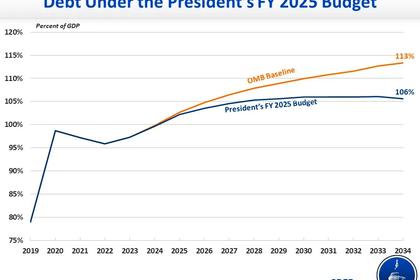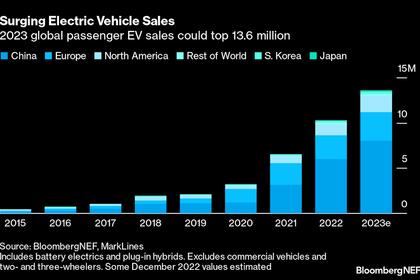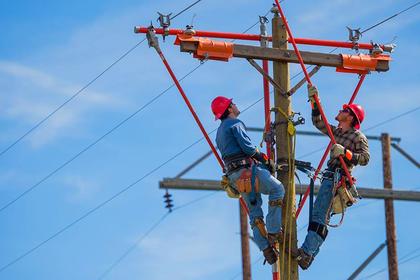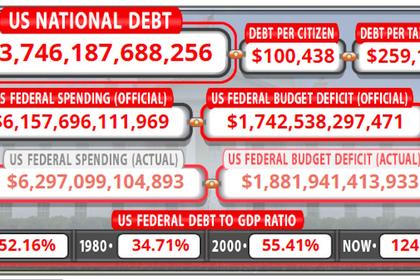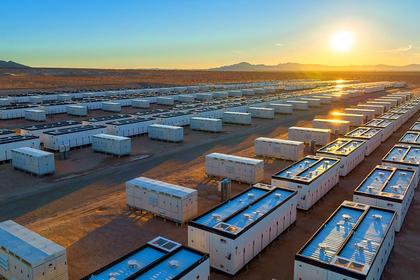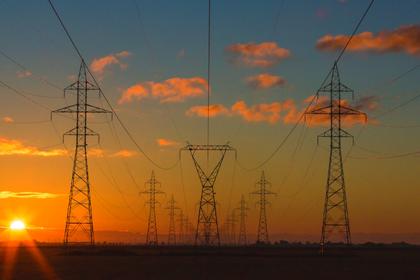
US GRID CHALLENGES
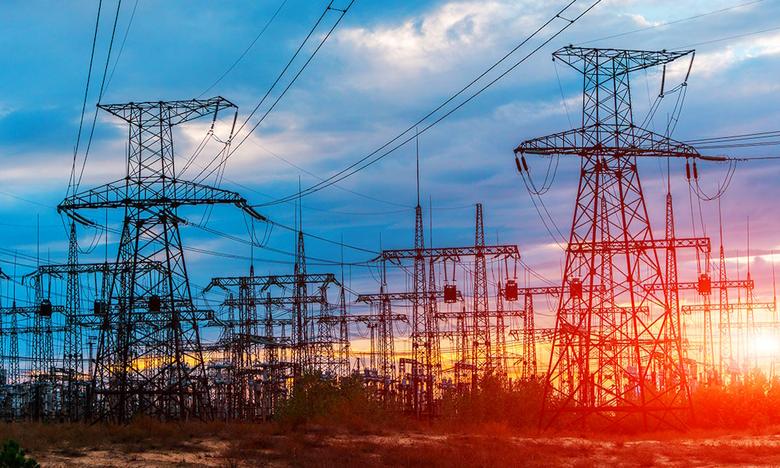
By JULIAN JACKSON Staff Writer, Energy Central, BrightGreen PR
ENERGYCENTRAL- Feb 21, 2024 - Many parts of the US grid network are old and need replacing. Greater electricity demand from EVs and extensive input from DERs mean that load management is going to be more of an issue in future. Rising demand and the planned retirement of 83 GW of nuclear and fossil fuel generation over the next decade creates supply issues for many areas, the North American Electric Reliability Corporation stated in its last annual Long-Term Reliability Assessment.
Under normal conditions electricity demand should be met in most states. However parts of the Midwest and central Southern areas could see power supply shortfalls during peak time in regular operations. When facing adverse or severe weather there are blackout risks, particularly in Northeast and the western half of the U.S.
To address the growing power demand, NERC said new gas capacity is needed, the nation’s transmission network must be expanded and grid planners must develop processes to better account for variable resources and the interconnected nature of the electricity and gas sectors.
The power grid is becoming increasingly unreliable, and NERC officials say it is not clear how the trend will be reversed. “In recent years, we’ve witnessed a decline in reliability, and the future projection does not offer a clear path to securing the reliable electricity supply that is essential for the health, safety, and prosperity of our communities,” John Moura, NERC’s director of reliability assessment and performance analysis, said in a statement.
According to the most recent Energy Information Administration (EIA) information, developers and power plant owners plan to add 62.8 gigawatts of new utility-scale electric-generating capacity in 2024, according to the EIA's latest Preliminary Monthly Electric Generator Inventory. This addition would be 55% more added capacity than the 40.4 GW added in 2023 – which was the highest since 2003 – and points to a continued rise in this sector. Solar is expected to account for the largest share of new capacity in 2024, at 58%, followed by battery storage, at 23%.
Most of this solar capacity is to be added in three states: Texas (35%), California (10%), and Florida (6%). The EIA also expects battery storage to set a record for annual capacity additions in 2024. We expect U.S. battery storage capacity to nearly double in 2024 as developers report plans to add 14.3 GW of battery storage to the existing 15.5 GW this year. In 2023, 6.4 GW of new battery storage capacity was added to the grid, a 70% annual increase.
So there is additional generating capacity and battery storage coming on-stream this year. However, it it enough to fill in for retirements and shortfalls in generation elsewhere? In addition intermittent resources like wind, solar and batteries are not a complete substitute for retired coal or gas facilities. The National Mining Association stated that coal plant retirements are “leaving grids across the country short of the fuel-secure, dispatchable generation they so desperately need.”
“Surging power demand, the rapid loss of dispatchable generating capacity, and the towering hurdles to connecting reliable alternatives and their enabling infrastructure are the on-the-ground reality that should shape our energy policy,” according to NMA President and CEO Rich Nolan. However coal is the most polluting fuel, and needs to be replaced as a climate change priority.
Emerging technologies, including big data analytics and AI could improve the operational efficiency of the grid, but this is simply 'icing on the cake', and new generating capacity and transmission lines are essential in the 2024-28 time-frame if consumers are not to experience negative events when affected by adverse weather.
-----
This thought leadership article was originally shared with Energy Central's Load Management Community Group. The communities are a place where professionals in the power industry can share, learn and connect in a collaborative environment. Join the Load Management group today and learn from others who work in the industry.
-----
Earlier:
